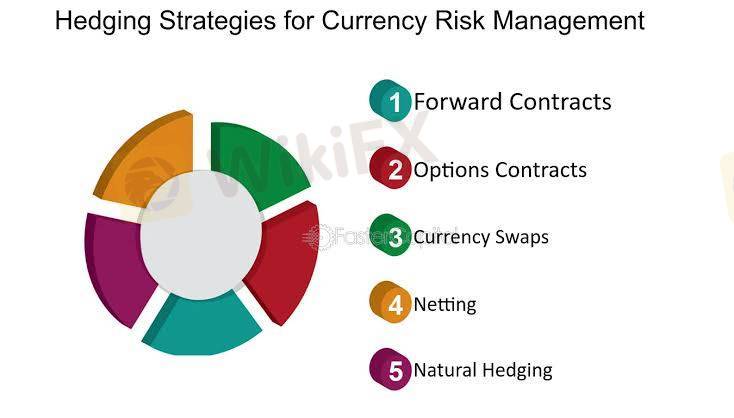
2025-02-12 16:47
IndustryCurrency Risk Management
#firstdealoftheneeyearastylz
Currency risk management refers to the practices and strategies used to mitigate the risks associated with fluctuations in currency exchange rates. Here's an overview:
Types of Currency Risk:
1. Transaction risk: risk of exchange rate fluctuations affecting the value of future cash flows.
2. Translation risk: risk of exchange rate fluctuations affecting the value of assets and liabilities.
3. Economic risk: risk of exchange rate fluctuations affecting the competitiveness of a company.
Currency Risk Management Strategies:
1. Hedging: using derivatives, such as forward contracts, options, and swaps, to lock in exchange rates.
2. Currency diversification: diversifying investments and revenues across multiple currencies.
3. Currency matching: matching assets and liabilities in the same currency.
4. Currency overlay: using a separate currency overlay strategy to manage currency risk.
5. Natural hedging: using business operations to naturally hedge currency risk.
Currency Risk Management Tools:
1. Forward contracts: binding agreements to buy or sell currency at a set rate.
2. Options: contracts giving the holder the right to buy or sell currency at a set rate.
3. Swaps: agreements to exchange cash flows in different currencies.
4. Futures: standardized contracts to buy or sell currency at a set rate.
5. Currency options and futures exchanges.
Best Practices for Currency Risk Management:
1. Identify and assess currency risk exposure.
2. Develop a currency risk management strategy.
3. Monitor and adjust the strategy as needed.
4. Use a combination of risk management tools.
5. Continuously review and improve the risk management process.
By implementing effective currency risk management strategies, companies can reduce their exposure to currency fluctuations and protect their financial performance.
Like 0

Odogwu920
Broker
Hot content
Industry
Event-A comment a day,Keep rewards worthy up to$27
Industry
Nigeria Event Giveaway-Win₦5000 Mobilephone Credit
Industry
Nigeria Event Giveaway-Win ₦2500 MobilePhoneCredit
Industry
South Africa Event-Come&Win 240ZAR Phone Credit
Industry
Nigeria Event-Discuss Forex&Win2500NGN PhoneCredit
Industry
[Nigeria Event]Discuss&win 2500 Naira Phone Credit
Forum category

Platform

Exhibition

Agent

Recruitment

EA

Industry

Market

Index
Currency Risk Management
 Hong Kong | 2025-02-12 16:47
Hong Kong | 2025-02-12 16:47#firstdealoftheneeyearastylz
Currency risk management refers to the practices and strategies used to mitigate the risks associated with fluctuations in currency exchange rates. Here's an overview:
Types of Currency Risk:
1. Transaction risk: risk of exchange rate fluctuations affecting the value of future cash flows.
2. Translation risk: risk of exchange rate fluctuations affecting the value of assets and liabilities.
3. Economic risk: risk of exchange rate fluctuations affecting the competitiveness of a company.
Currency Risk Management Strategies:
1. Hedging: using derivatives, such as forward contracts, options, and swaps, to lock in exchange rates.
2. Currency diversification: diversifying investments and revenues across multiple currencies.
3. Currency matching: matching assets and liabilities in the same currency.
4. Currency overlay: using a separate currency overlay strategy to manage currency risk.
5. Natural hedging: using business operations to naturally hedge currency risk.
Currency Risk Management Tools:
1. Forward contracts: binding agreements to buy or sell currency at a set rate.
2. Options: contracts giving the holder the right to buy or sell currency at a set rate.
3. Swaps: agreements to exchange cash flows in different currencies.
4. Futures: standardized contracts to buy or sell currency at a set rate.
5. Currency options and futures exchanges.
Best Practices for Currency Risk Management:
1. Identify and assess currency risk exposure.
2. Develop a currency risk management strategy.
3. Monitor and adjust the strategy as needed.
4. Use a combination of risk management tools.
5. Continuously review and improve the risk management process.
By implementing effective currency risk management strategies, companies can reduce their exposure to currency fluctuations and protect their financial performance.
Like 0
I want to comment, too
Submit
0Comments

There is no comment yet. Make the first one.

Submit
There is no comment yet. Make the first one.